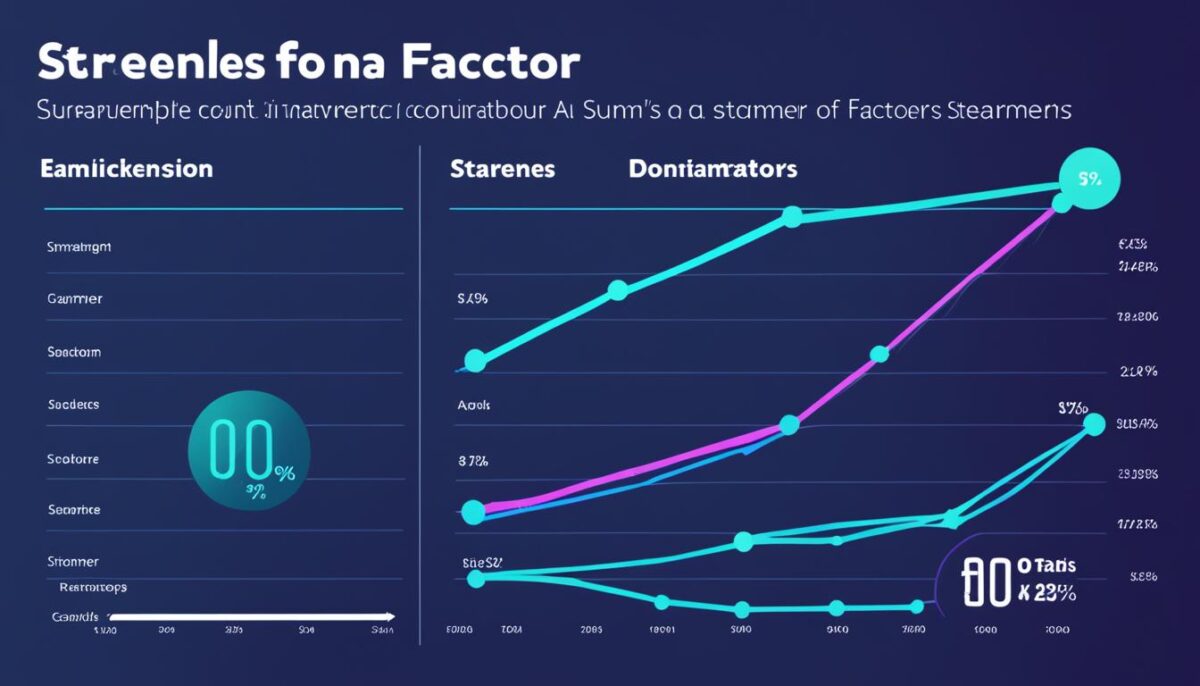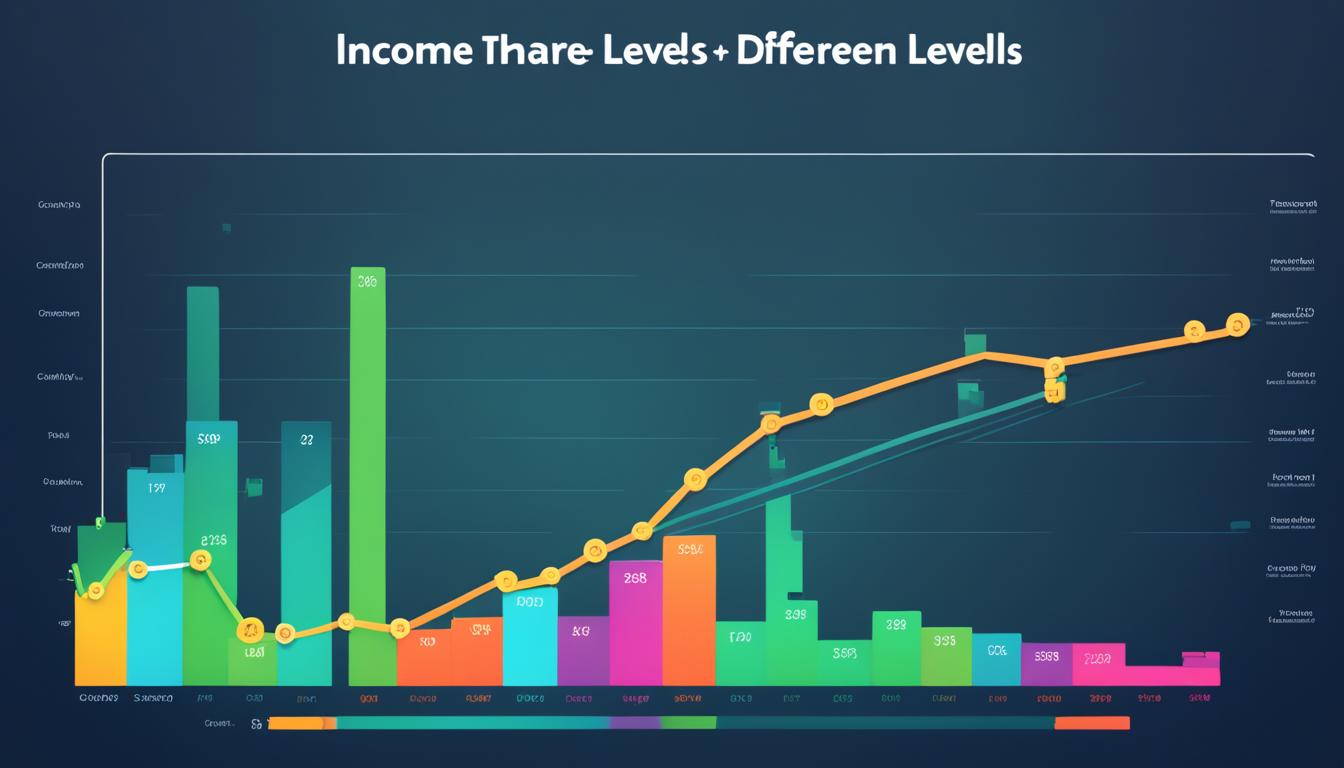Have you ever wondered how much streamers make on popular platforms like Twitch and YouTube? Streamer income has become a topic of fascination as more and more content creators join the ranks of online streaming. In this article, we’ll delve into the world of streamer earnings and provide you with insights into how much these content creators actually make.
Streaming has become a lucrative career for many individuals, with some top streamers earning millions of dollars each year. But how do they achieve such impressive earnings? It all comes down to a variety of factors that influence streamer income. From the size of their audience and subscriber count to advertising revenue, sponsorships, and donations, these elements play a significant role in shaping their financial success.
In the following sections, we’ll explore each of these factors in greater detail, giving you a comprehensive understanding of how streamers can increase their earnings. By optimizing their content, engaging with their audience, and utilizing effective monetization strategies, streamers can tap into the financial opportunities available on these platforms.
Furthermore, we’ll compare the earning potential between Twitch and YouTube, two of the most prominent streaming platforms. Each platform offers different revenue models and monetization strategies for streamers, which can impact their overall income. By understanding these differences, aspiring streamers can make informed decisions about where to concentrate their efforts and maximize their earning potential.
So, if you’ve ever wondered how much streamers make and what factors contribute to their income, keep reading to gain valuable insights into the world of streaming and content creation.
Factors Affecting Streamer Income
When it comes to streamer earnings, several factors come into play. Understanding these factors is key to unlocking the full financial potential of streaming. Let’s explore the key elements that influence how much streamers make, allowing you to gain valuable insights into the income influencers in the streaming world.
Number of Followers
One of the primary factors affecting streamer income is the number of followers they have. Streamers with a large and engaged follower base have a higher likelihood of attracting advertisers, sponsors, and donations. As the streamer’s audience grows, so does their income potential.
Subscriber Count
Subscriptions play a significant role in determining streamers’ earnings, especially on platforms like Twitch. Subscribers typically pay a monthly fee to access exclusive content and perks offered by the streamer. The higher the subscriber count, the more stable and consistent the streamer’s income becomes.
Advertising Revenue
Advertising revenue is another crucial income influencer for streamers. Platforms like YouTube and Twitch provide opportunities for streamers to monetize their content through advertisements. The more views and engagement a streamer generates, the higher their advertising revenue potential.
Sponsorships
Sponsorships can significantly impact a streamer’s income. Companies and brands often partner with streamers to promote their products or services to the streamer’s audience. Streamers with a significant following and strong influence in their niche can secure lucrative sponsorship deals, boosting their earnings.
Donations
Donations from viewers can also contribute to a streamer’s income. Viewers who appreciate the content and value provided by the streamer may voluntarily donate money as a form of support. While donations may vary in frequency and amount, they can add an extra source of income for streamers.
By understanding these factors affecting streamer income, streamers can strategize and optimize their content, engagement, and monetization methods. Maximizing these income influencers holds the potential to significantly increase streamer earnings and create sustainable revenue streams.

Comparing Twitch and YouTube Streamer Earnings
When it comes to making money as a content creator, Twitch and YouTube are two of the biggest platforms in the industry. But how do their streamer earnings compare? Let’s take a closer look at the financial opportunities available on each platform.
On Twitch, streamers primarily earn revenue through a combination of subscriptions, donations, and sponsorships. Twitch has a built-in subscription system where viewers can choose to support their favorite streamers by paying a monthly fee. Additionally, viewers can donate directly to streamers during live streams. With a large and loyal fanbase, successful Twitch streamers can generate significant income from these sources.
On the other hand, YouTube streamers earn money through advertising revenue, brand sponsorships, and merchandise sales. YouTube offers a partnership program called YouTube Partner Program (YPP), which allows content creators to monetize their videos through ads. Streamers can also collaborate with brands by promoting their products or services in their videos. Furthermore, many YouTubers launch their merchandise lines, boosting their income even further.
While both platforms offer various avenues for streamer income, it’s essential to note the differences in audience engagement and revenue models. Twitch tends to have a highly engaged and interactive community, making it easier for streamers to receive donations and subscriptions. On the other hand, YouTube’s larger user base and monetization options through ads can result in higher earning potential for some streamers.




